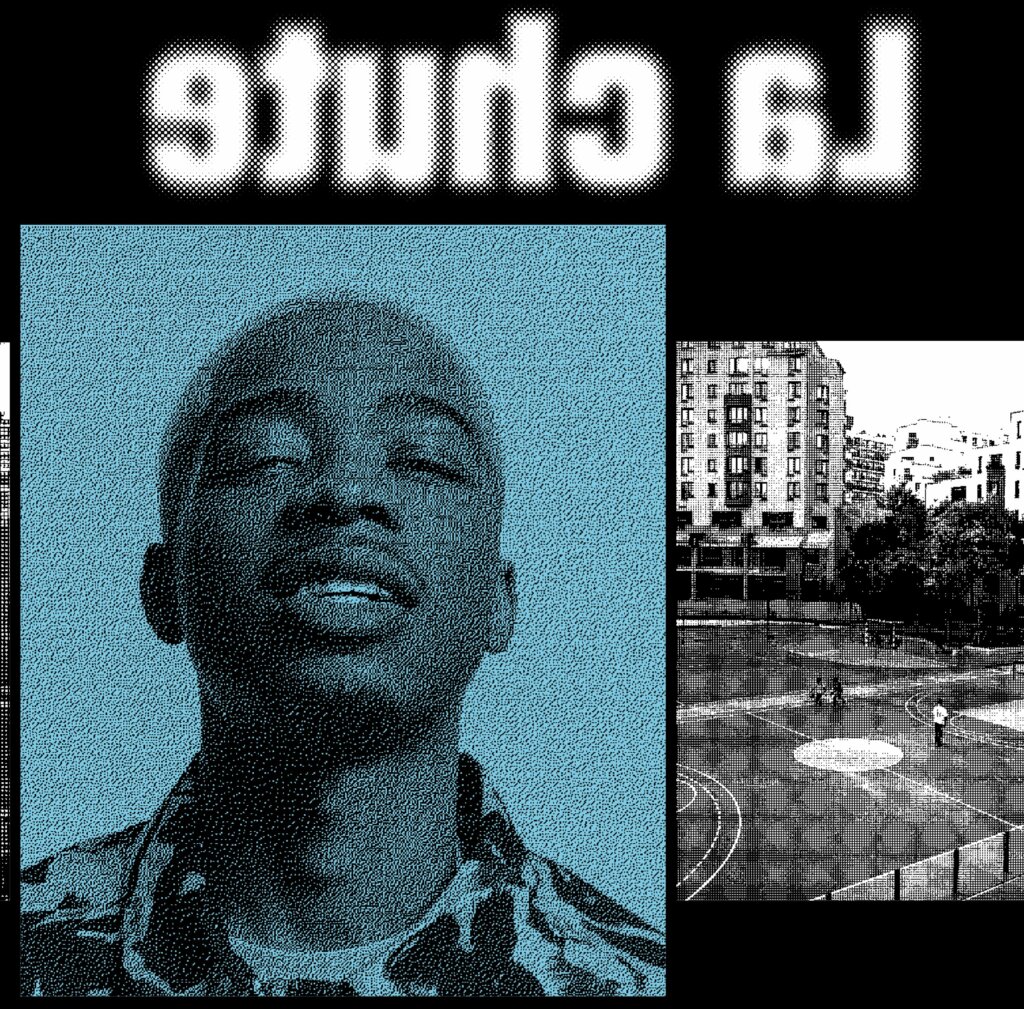Dad is Byron
2017 - Installation (Installation)
28 x 6 x 17 cm.
Diamond Stingily
Dad is Byron is an audio work produced in collaboration between Diamond Stingily and her father, the house musician Byron Stingily. Viewers are invited to pick up a wall-mounted telephone that has been retrofitted to play a recording of a conversation between Stingily and her father. Although initially the artist planned to focus on her father’s recollections of the violence during his childhood in Chicago in the 1960s and how music helped him cope, the conversation has a natural and intimate meandering. Prompted by his daughter’s questions, Byron Stingily ruminates on his life remembering old friends that have passed, his love for music, his relationship to certain musicians, and even breaking into song occasionally as they both chuckle. Combined with his intimate knowledge and experience of music, the work is a warm, earnest and deeply personal portrait of a man, a musician, a father, and his relationship with his daughter.
Diamond Stingily works in a wide variety of media, from spoken word, video and audio to sculpture and installation. Exploring themes of class, race and gender, her work is infused with the deeply personal, often incorporating motifs from her own childhood and references to her family. Poetry is also an important part of Stingily’s output. She began writing as an 8 year old in a diary gifted to her by her grandmother, a habit which she currently sustains in tandem and sometimes interwoven with her work as a visual artist. She also hosts an online radio broadcast, The Diamond Stingily Show , where she engages with other writers and plays recordings of them reading their work. From benign symbols of her childhood to pieces that evoke aspects of normalized violence experienced by her or her family members—like flood lights and cameras as surveillance methods deployed in certain racialized ghettos—her art and words are a meditation on belonging, family, community, and most importantly, speak of the African diaspora through her perspective as a black woman.
Colors:
Related works sharing similar palette

© » KADIST
Juan Araujo
2006Many of Araujo’s works depict reproductions and Libro Ponti II is a recreation of a book on Italian architect Gio Ponti...

© » KADIST
Mariana Castillo Deball
2009Do ut des (2009) is part of an ongoing series of books that Castillo Deball has altered with perforations, starting from the front page and working inward, forming symmetrical patterns when each spread is opened...

© » KADIST
Tirdad Hashemi
2022The Blue Poisoning series , reveals the outcome of artist Tirdad Hashemi’s weary and depressed days in the winter of 2022, following their second migration from Paris to Berlin...

© » ARTS EQUATOR
Behind the scenes with the Women of SIFA | ArtsEquator Thinking and Talking about Arts and Culture in Southeast Asia Articles SIFA February 13, 2020 By Nabilah Said ArtsEquator speaks to four women that are part of the local commissions of SIFA 2020 – Siti Khalijah Zainal , Jodi Chan , Ellison Tan and Mia Chee ...

© » KADIST
Natalia Lassalle-Morillo
2019In her film Retiro (2019), Natalia Lassalle-Morillo considers how women pass down memories to their kin as they age...

© » ARTS EQUATOR
To V and S in "Off Centre" | ArtsEquator Thinking and Talking about Arts and Culture in Southeast Asia Articles Tuckys Photography Foreground: Saloma (Sakinah Dollah), background: Vinod (Abdul Latiff Abdullah) February 22, 2019 By Teo Xiao Ting (1,103 words, five-minute read) Dear Saloma and Vinod, I first met the two of you seven years ago, when I was 16...

© » KADIST
Gabriel Pericas
2014“Weight & velocity (cat on router)” is a duo of two humorous photographs of a cat lying on a computer router...

© » KADIST
Prabhakar Kamble
2022To produce the series of sculptures collectively titled Utarand , Prabhakar Kamble relocated his studio to Kolhapur, Maharashtra, near the village where he was born into a family of daily wage earners...

© » KADIST
Gan Chin Lee
2019In Studies of Chinese New Villages II Gan Chin Lee’s realism appears in the format of a fieldwork notebook; capturing present-day surroundings while unpacking their historical memory...

© » KADIST
Mathilde Rosier
2003Rosier’s body of films, gleam with that indeterminate in-between glow of twilight...










